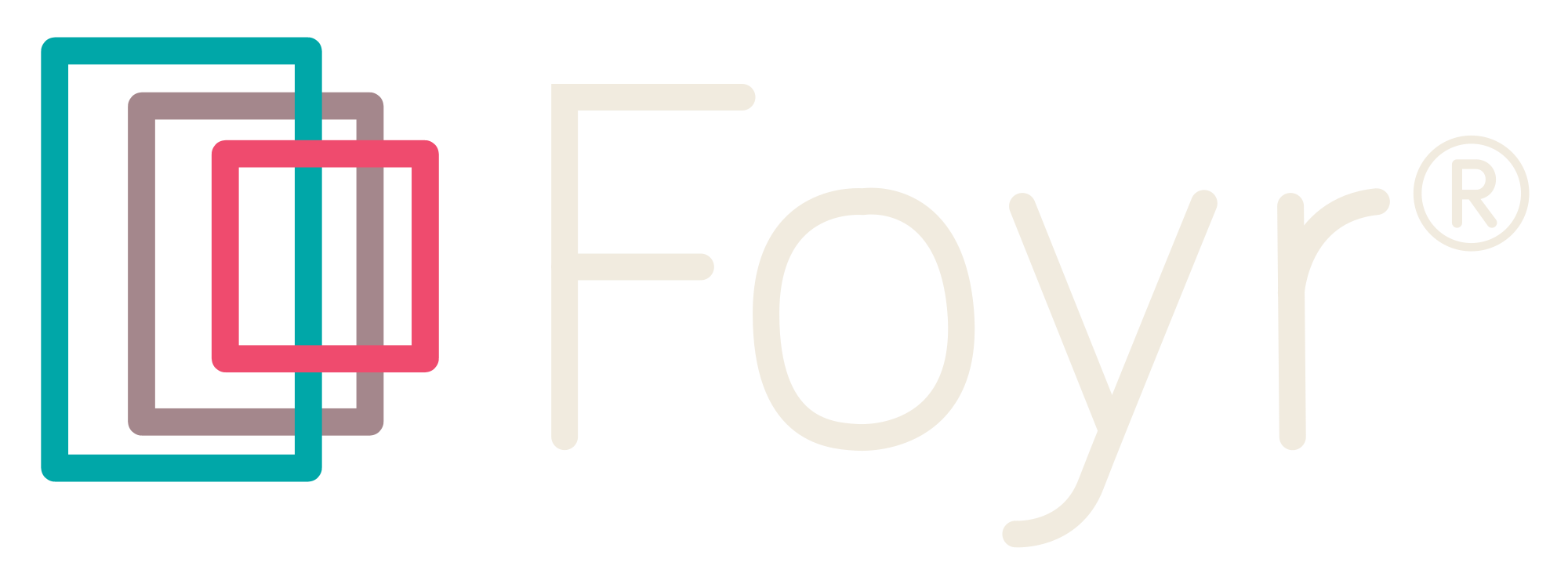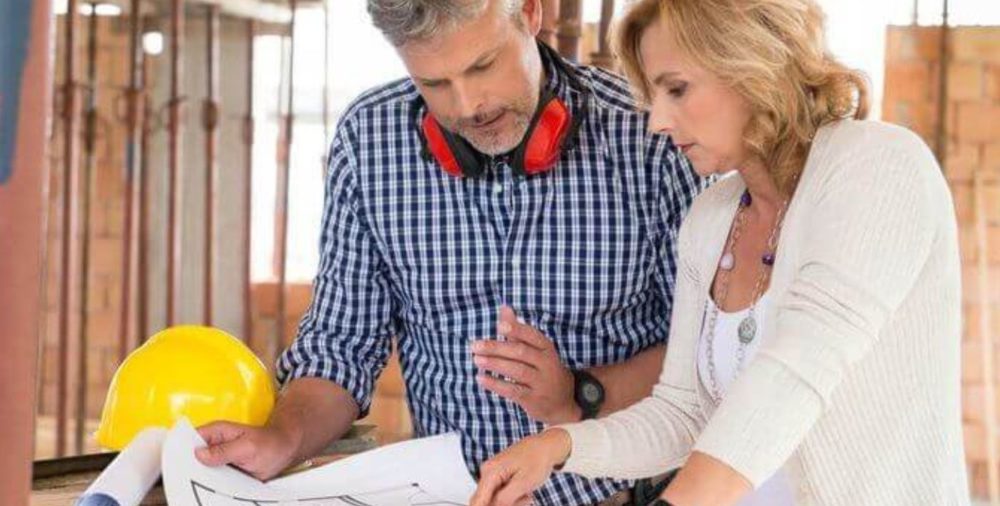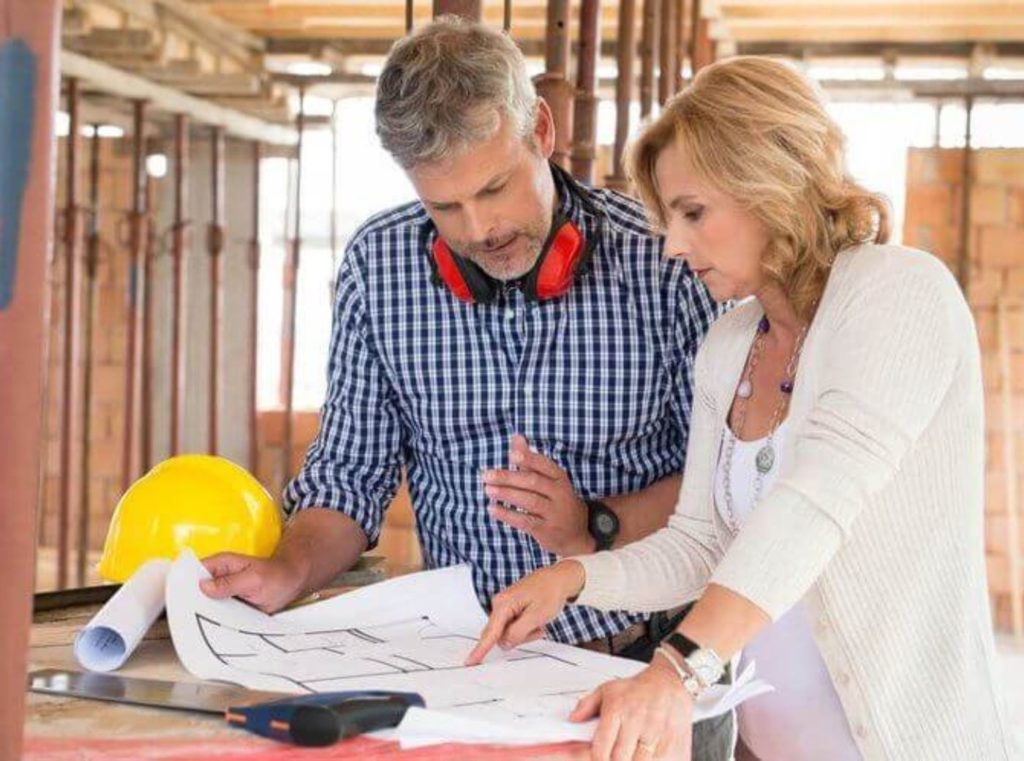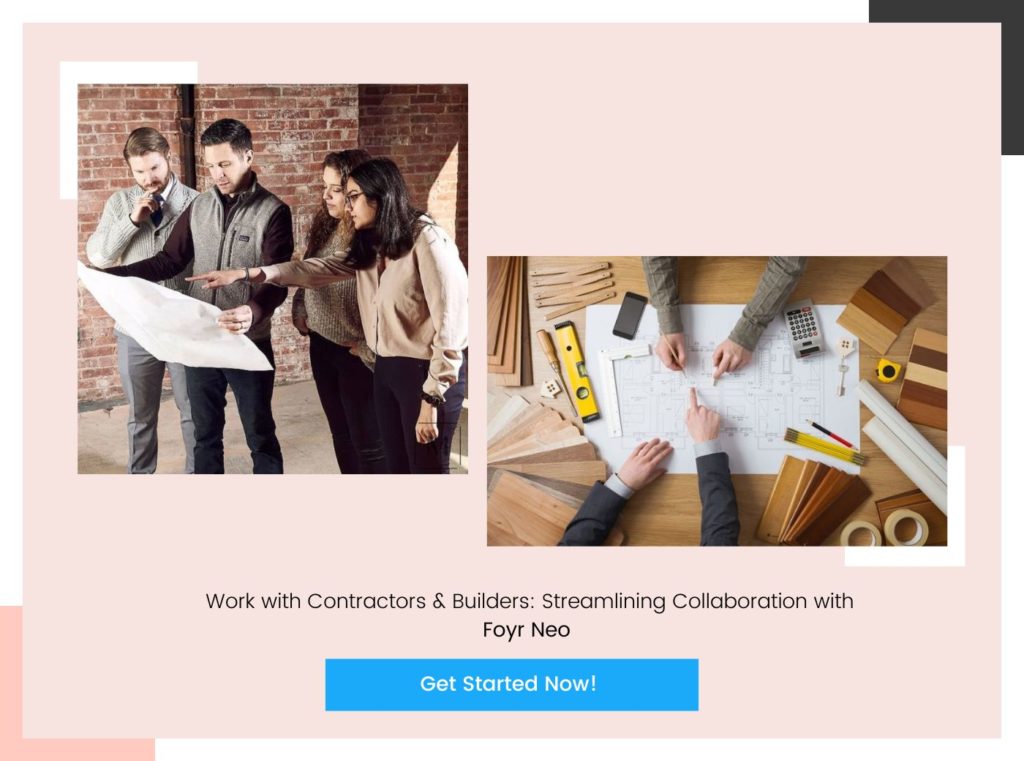Table of Contents
Learn » Interior Design »
Introduction
In interior design, collaboration is more than a buzzword—it’s a necessity. Studies show that over 85% of design projects experience delays due to poor communication between interior designers and construction professionals. Yet, when done right, this collaboration can shorten timelines by up to 30% and significantly cut costs.
Designers and contractors bring complementary expertise to the table: one envisions and specifies, the other builds and installs. But bridging the gap between concept and construction requires streamlined communication, clear documentation, and tools that support visual understanding.
This is where platforms like Foyr Neo become critical. With real-time collaboration features, detailed 3D visualizations, and contractor-friendly documentation, Foyr Neo helps ensure your creative vision is built to spec.
Why Designer-Contractor Collaboration Matters
When interior designers, contractors, and builders work in sync, everyone benefits:
- Fewer errors and change orders
- More efficient timelines
- Better budget control
- Higher client satisfaction
A general contractor typically oversees project execution, while the designer ensures spatial, aesthetic, and functional coherence. Their synergy can determine whether a project is seamless—or full of setbacks.
Common Challenges (and How to Solve Them)
|
Challenge |
Description |
Solution |
| Communication Gaps | Unclear roles and updates create confusion | Weekly check-ins, shared dashboards, clear documentation |
| Timeline Misalignments | Late design decisions delay execution | Involve designers from project initiation to ensure alignment |
| Budget Discrepancies | Material and labor costs misunderstood | Early costing sessions between designers and contractors |
| Technical Misinterpretations | Design intent lost in translation | Use 3D visuals and annotated floor plans for clarity |
| Change Orders | Verbal or undocumented edits derail workflows | Implement structured approval workflows and track changes |
Pro Tip: Use shared software platforms like Foyr Neo to centralize project data, communication, and design files—reducing back-and-forth and improving version control.
Key Phases of Effective Collaboration
1. Project Planning & Kickoff
- Define scope, timelines, and responsibilities
- Use project management templates (Foyr Neo offers customizable ones)
- Align on communication protocols and reporting cadence
2. Design Development & Documentation
- Create detailed plans and elevations with annotated specifications
- Ensure designs are contractor-friendly and code-compliant
- Use Foyr Neo’s auto-generated documentation features for consistency
3. Material Selection & Procurement
- Align selections with availability and contractor feasibility
- Discuss installation techniques to avoid rework
- Manage lead times and backups using scheduling tools
4. Execution & Check-ins
- Share regular updates via a centralized platform
- Flag issues with screenshots and annotations
- Use Foyr Neo’s 3D viewer to cross-check in-field implementation
5. Handover & Feedback Loop
- Conduct a final walkthrough with punch list
Gather client and contractor feedback for future process improvement
How Foyr Neo Improves Designer-Contractor Collaboration
|
Feature |
Benefit |
| 3D Rendering | Makes design intent visually explicit for contractors |
| Project Dashboards | Real-time access to updates, tasks, and milestones |
| Specification Templates | Streamlines material documentation and approvals |
| Collaboration Tools | Enables shared views, comments, and file exchange |
| Takeoff Integration | Helps contractors estimate more accurately |
Designers can invite contractors directly to view design boards, approve changes, or give feedback—all without endless email threads or PDF revisions.
Best Practices for Designers Collaborating with Contractors
- Establish Communication Protocols: Use designated channels and clear responsibilities. Stick to the “3 Cs”—Clear, Concise, Consistent.
- Use Visual Documentation: Annotated 3D visuals or mood boards reduce interpretation errors.
- Document Every Change: Verbal approvals often lead to disputes. Use centralized logs or sign-offs.
- Schedule Weekly Alignment Meetings: Keep all parties on the same page and identify blockers early.
- Educate Partners on the Tools: Show contractors how to access designs, check specs, and provide feedback in platforms like Foyr Neo.
Tool Comparison: Visual Collaboration Platforms
|
Tool |
Strengths |
Limitations |
| Foyr Neo | 3D rendering, contractor-friendly docs, real-time task management | Limited advanced plugin integrations |
| SketchUp + Layout | Advanced modeling, customizable presentations | Requires additional tools for task tracking |
| AutoCAD + BIM 360 | Great for large-scale architecture projects | Steep learning curve, overkill for smaller jobs |
| Asana/Trello (add-ons) | Good for task tracking | Lacks built-in design integration |
KPIs to Track for Collaborative Success
- RFI (Request for Information) Response Time
- Number of Change Orders per Project
- Timeline Variance vs. Initial Plan
- Client Satisfaction Scores
- Design Approval Rate (First Pass)
These can help firms identify friction points and improve over time.
Client Perspective: Why It All Matters
Strong designer-contractor collaboration leads to:
- Fewer mid-project surprises
- Improved transparency and trust
- Faster handovers and clearer expectations
- A finished product that reflects the original vision
Clients may not always see the backend coordination, but they’ll always feel its results.
 Final Thoughts: Build Better Partnerships with Foyr Neo
Final Thoughts: Build Better Partnerships with Foyr Neo
In today’s fast-moving design world, miscommunication can cost thousands. But with the right process, tools, and mindset, designers and contractors can become true collaborators—not just teammates.
Foyr Services makes this easier by:
- Centralizing project communication
- Making 3D visualization accessible for all stakeholders
- Automating specs and tracking progress
Start your free trial of Foyr Neo today and bring clarity, speed, and collaboration to your next build.
FAQs
Yes, interior designers frequently collaborate with construction workers, including carpenters, electricians, and plumbers. They ensure that the design vision is executed correctly, overseeing installations, finishes, and custom elements to match the client’s requirements.
Interior designers find contractors through professional networks, referrals, industry associations, and past project collaborations. Many also rely on online platforms, reviews, and trade shows to connect with reliable builders and specialists.
An interior designer’s role in construction includes space planning, material selection, coordinating with architects and contractors, and ensuring design feasibility. They also oversee finishes, lighting, and furnishings to align with the overall aesthetic and functional goals.
Interior designers collaborate with developers by aligning design concepts with project goals, optimizing space planning, and selecting materials that enhance property value. They ensure that the interiors appeal to the target market while maintaining budget and project timelines.













